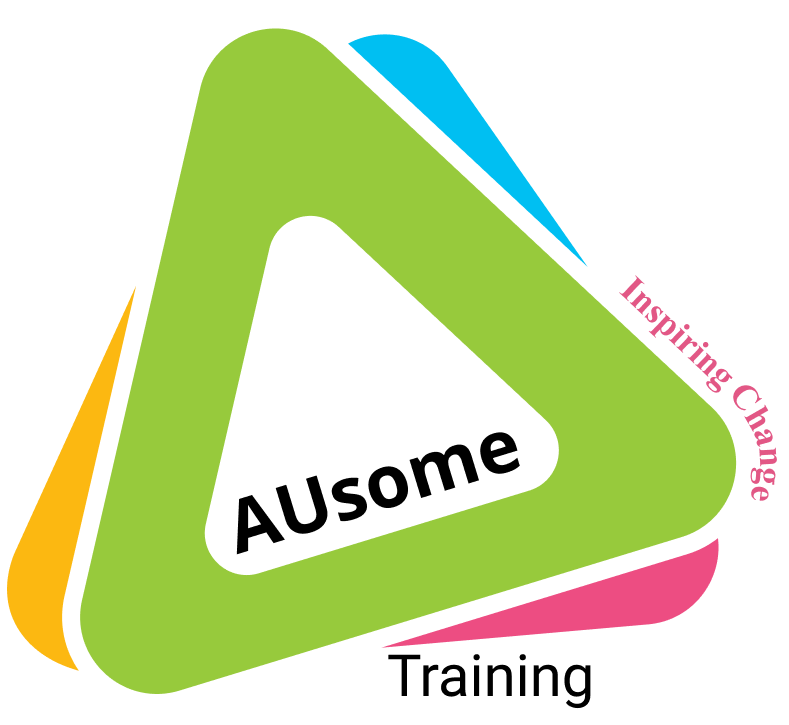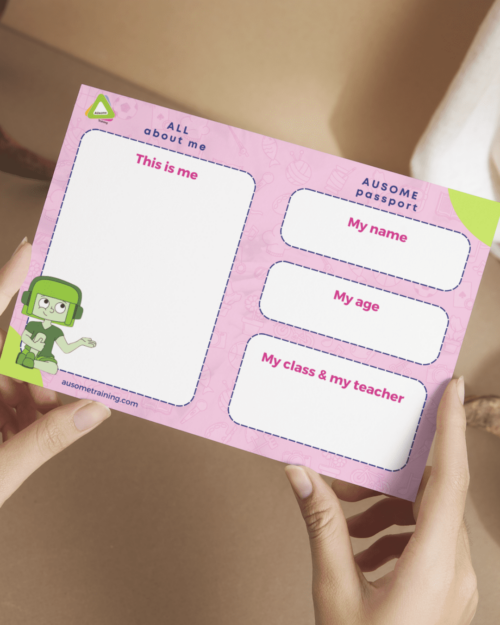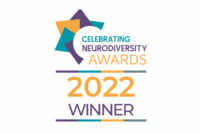Description
Non-verbal Autism
There is an idea that non-verbal autism exists. But when we explore this further we find that an Autistic child or adult who cannot speak or speak reliably may have a separate condition like Apraxia. The preferred term is non-speaking because non-verbal implies that the person does not have anything to say. Adult non-speakers are working to promote access to AAC for non-speaking children. Often the ability to speak is confused with the ability to understand and learn.
AAC
endever* corbin is primarily non-speaking and delivers their presentation with the use of AAC. They explain in great depth the importance of accepting that communication is not just speech. enveder* gives a thorough insight into learning to use AAC (Augmentative and Alternative Communication) . They meticulously explore the different types of AAC available and give lots of insights, advice and tips on how to start someone with AAC. This webinar is ideal for parents of non-speaking children, teachers and teaching assistants, Speech and Language practitioners, carers and others working with non-speaking children, teens or adults.
enveder* tells us that it is never too late to teach someone AAC and emphasises that communication is a human right. Unfortunately many non-speaking Autistic children and adults are denied this right. Some have no access at all and others have their communication limited with simplified communication methods.
Autistic Communication
Evaleen from AUsome Training explores the differences in Autistic and non-autistic communication. She also explains where miscommunications can arise between Autistic and non-autistic people. Evaleen defines communication as the sharing of our internal state and looks at how we define language. She includes tips and advise on how to better understand interactions with Autistic people.
Duration: 2 hours. Once you purchase this course it will be available in your personalised AUSome account. You can watch it and re-watch at times that suit you.








